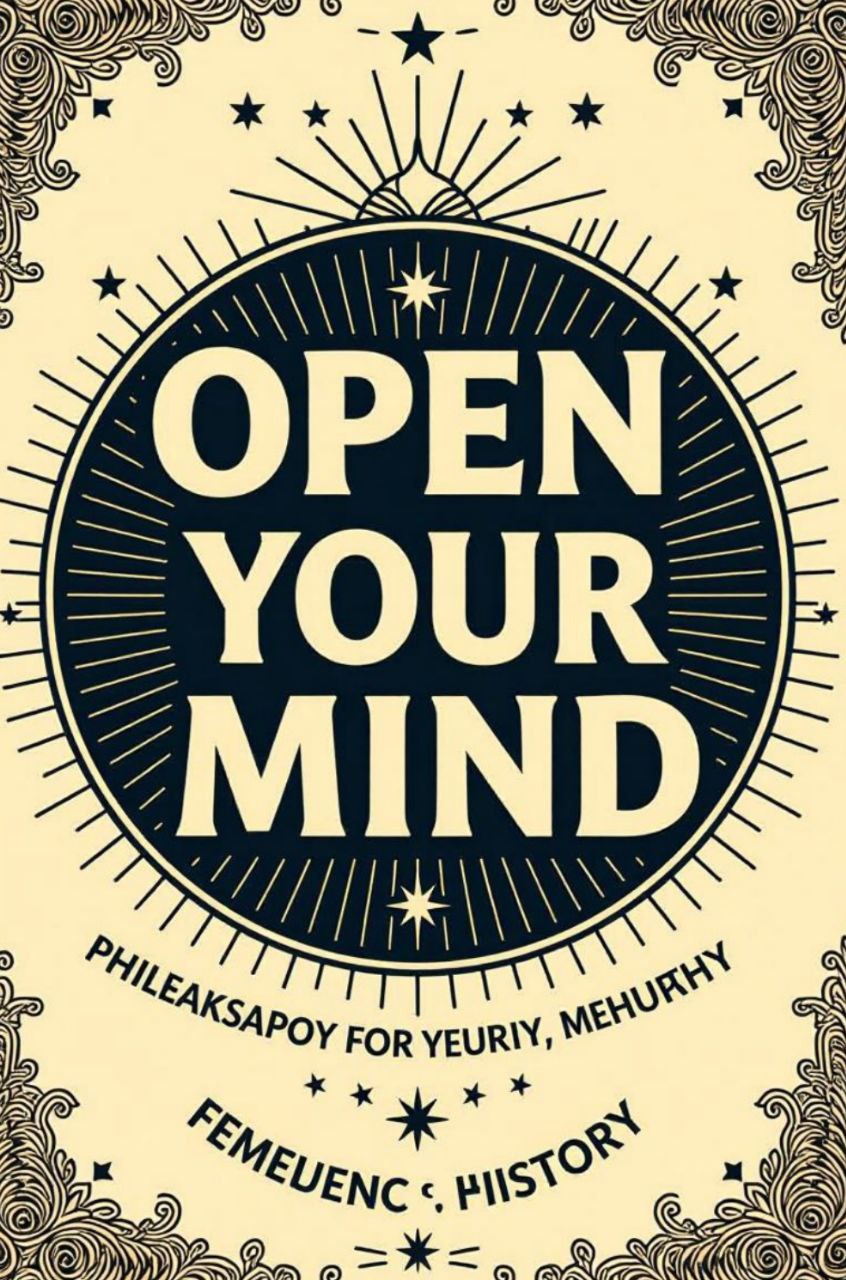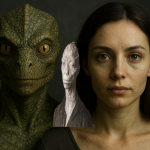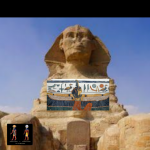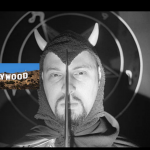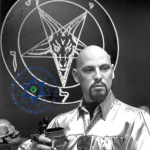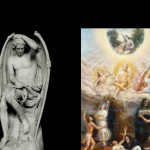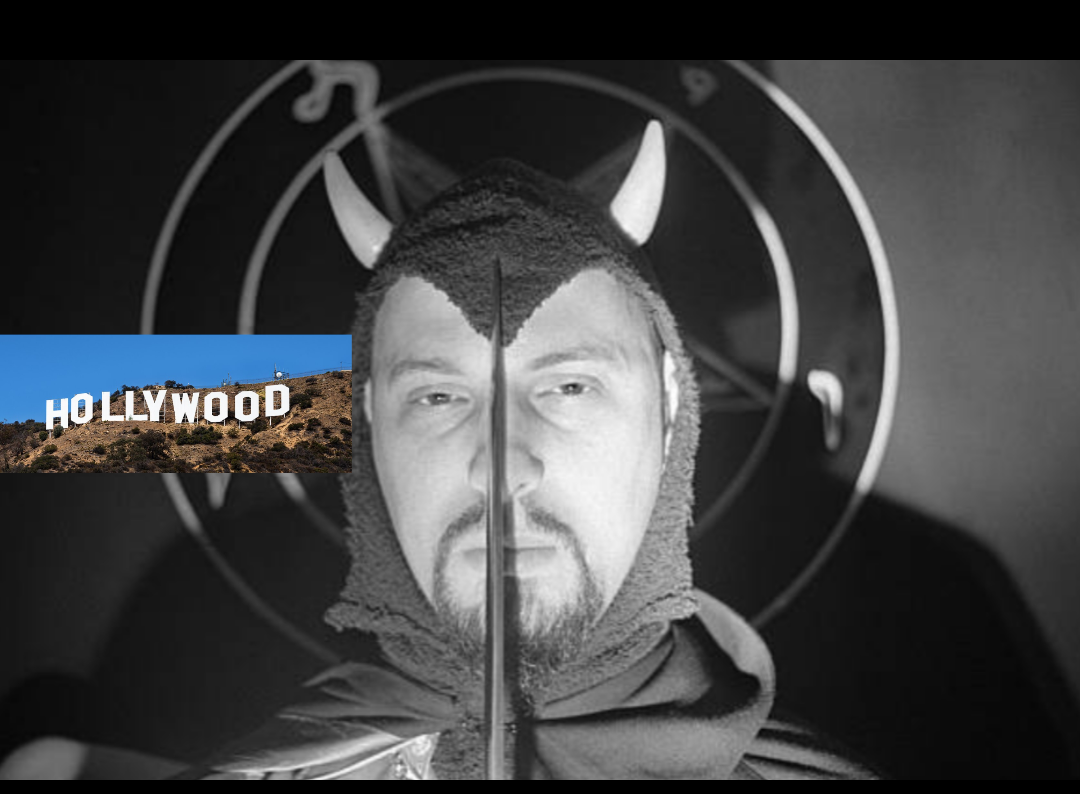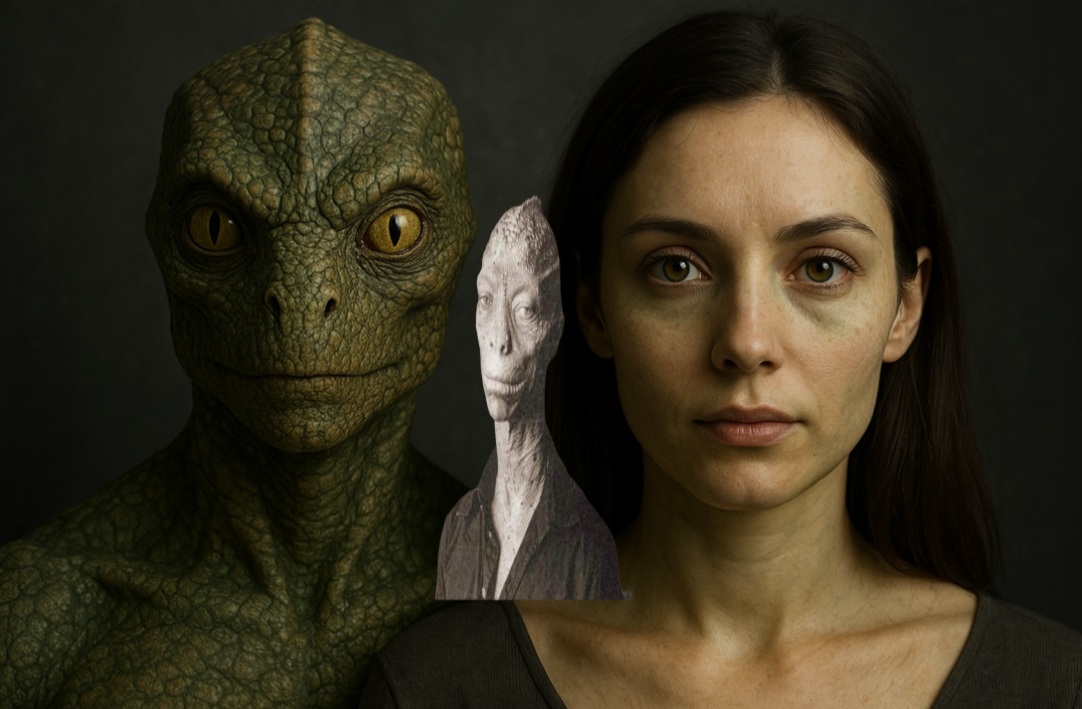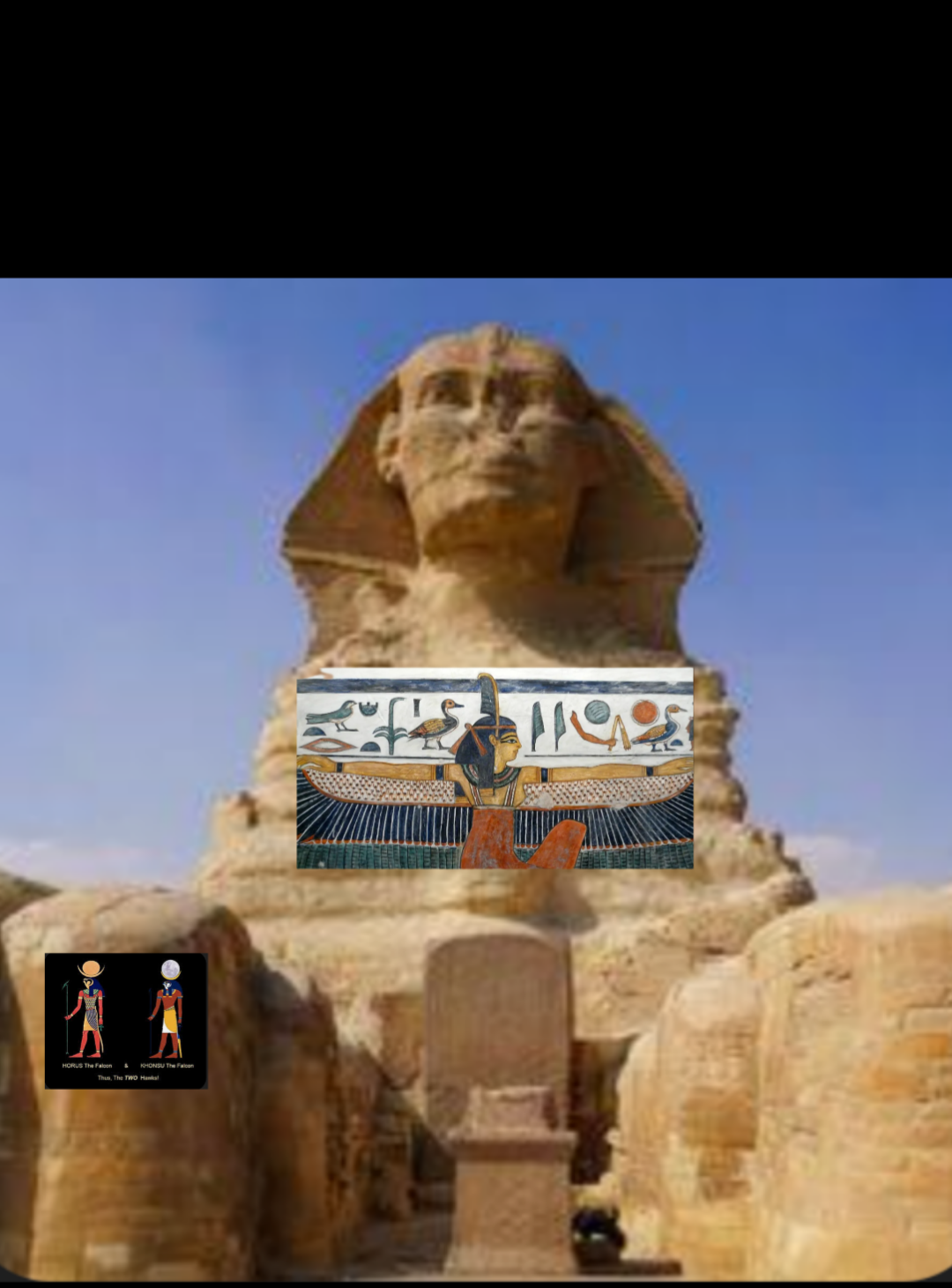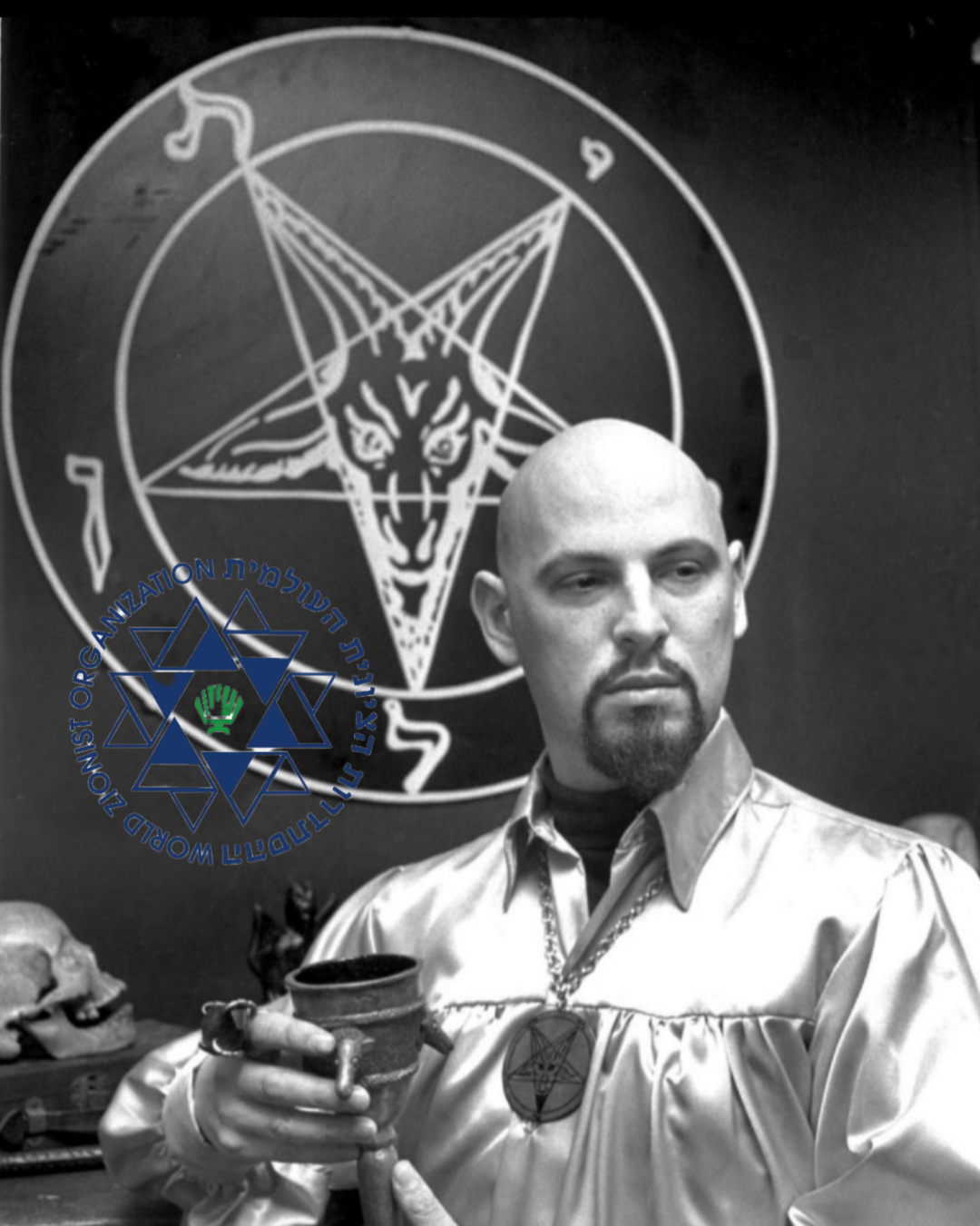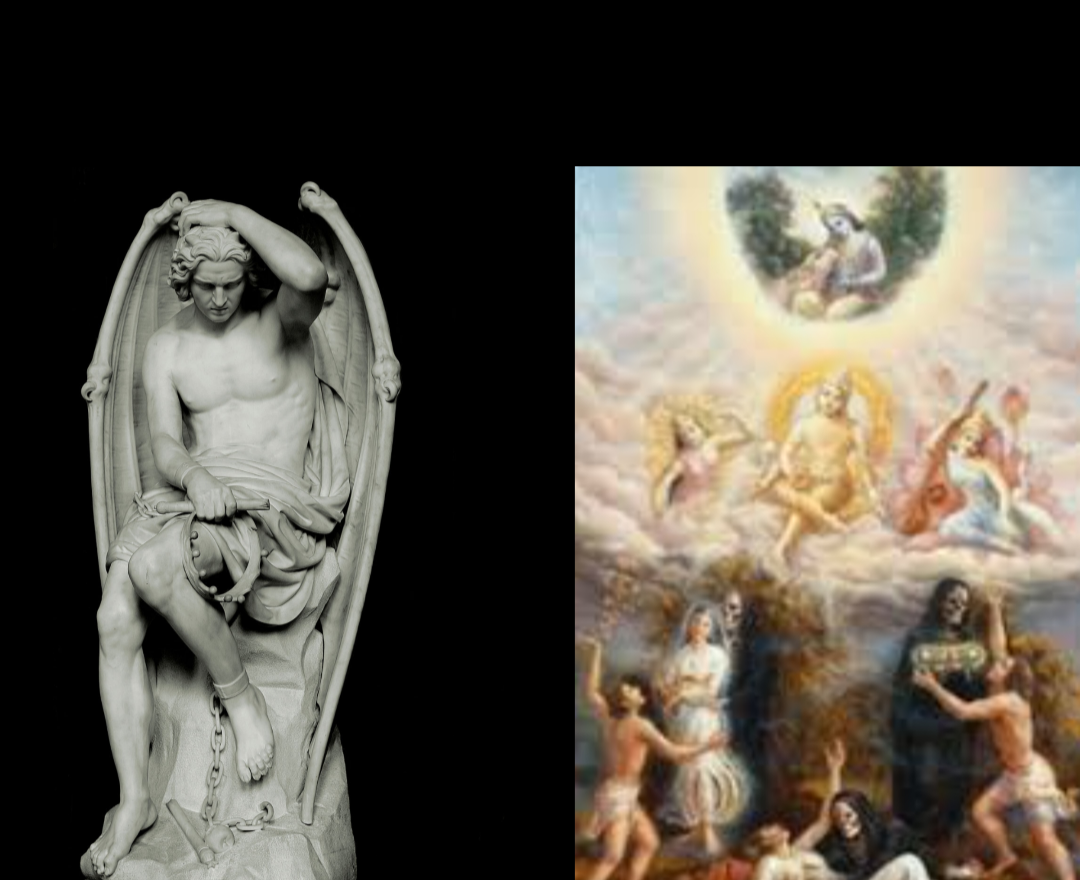When people think of Hollywood, they imagine flashing cameras, glamorous red carpets, and blockbuster movies. But behind the glitter, there has always been a fascination with the mysterious and the forbidden. One of the most controversial figures to step into that world was Anton LaVey, founder of the Church of Satan. His strange friendship with Hollywood and its celebrities sparked decades of rumors, myths, and whispers of secret rituals.
The Man Who Brought Satan to the Spotlight
Anton LaVey wasn’t just a religious figure — he was a showman. In 1966, he founded the Church of Satan in San Francisco, mixing ritual, philosophy, and theater. To stand out in the counterculture of the 60s, he painted his Victorian home jet black, staged public “Satanic Masses,” and dressed in robes that looked straight out of a horror film. Hollywood couldn’t resist.
Celebrities and the Black House
LaVey’s Black House became a magnet for curious celebrities. Movie stars, musicians, and even comedians visited just to see what the hype was about. One of the most famous was Jayne Mansfield, the blonde bombshell actress who was photographed alongside LaVey. Rumors spread that she had joined his church or even become a “High Priestess.” When she later died tragically in a car crash, the tabloids fueled the idea of a “Satanic curse,” adding fire to LaVey’s legend.
Even stars like Sammy Davis Jr. admitted to dabbling with LaVey’s Church of Satan during the height of Hollywood’s party scene. To many celebrities, it wasn’t about worshiping the devil — it was about rebellion, image, and shock value.
The Occult in Film and Pop Culture
Hollywood has always loved the occult, but LaVey’s theatrics helped shape how movies portrayed it. He was even linked to films like Rosemary’s Baby (1968), where his input supposedly helped make the rituals look “authentic.” Whether or not that credit is true, LaVey’s style of black robes, candles, and ritual drama became the blueprint for countless horror films afterward.
From music videos to horror franchises, the “Hollywood Satanic aesthetic” traces back to LaVey’s mix of performance and philosophy. He turned the occult into entertainment — and Hollywood knew that fear and mystery could sell tickets.
Myth or Reality?
It’s important to remember that much of Anton LaVey’s connection to Hollywood was part truth, part myth. He loved the spotlight and often exaggerated his influence. Many of the “secret rituals” with celebrities were likely staged photo ops designed to stir controversy. Still, that didn’t stop him from leaving a permanent mark on the entertainment industry.
Final Thoughts
The story of Hollywood and Anton LaVey is less about devil worship and more about how mystery, rebellion, and curiosity fuel pop culture. LaVey understood the power of image and shock, and Hollywood embraced it. Whether you see him as a philosopher, a conman, or just a clever showman, one thing is clear: without Anton LaVey, Hollywood’s dark and occult side might look very different today.
